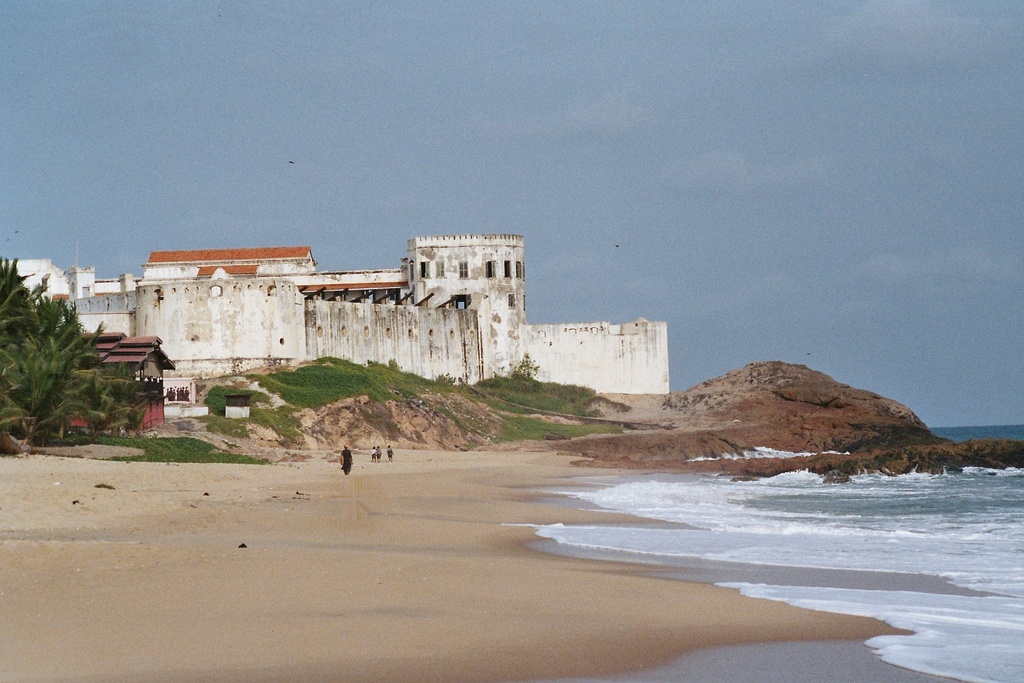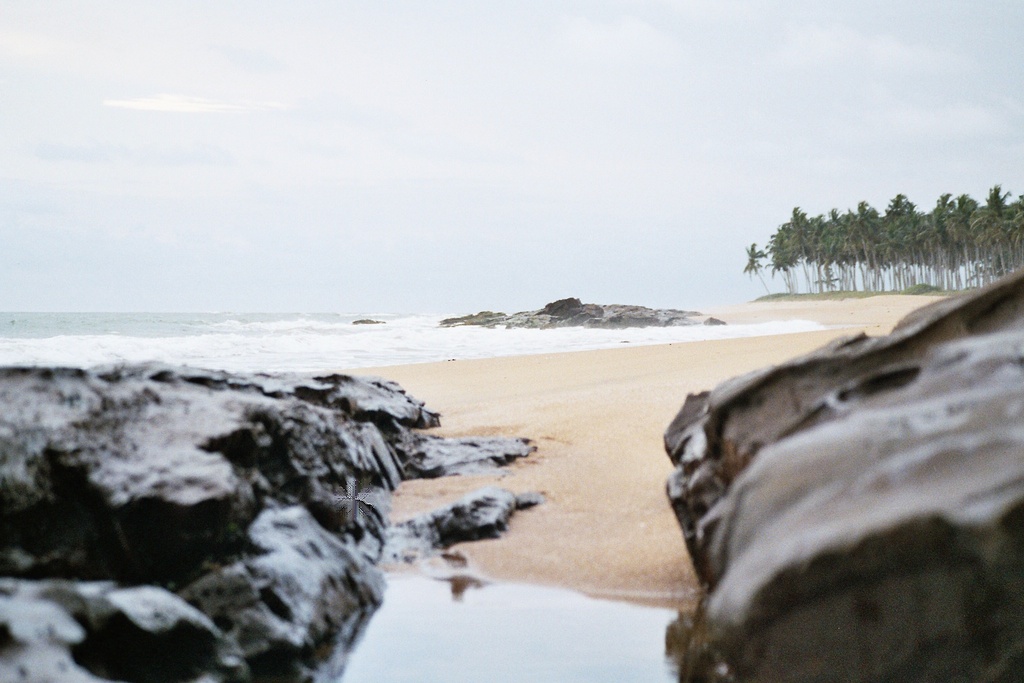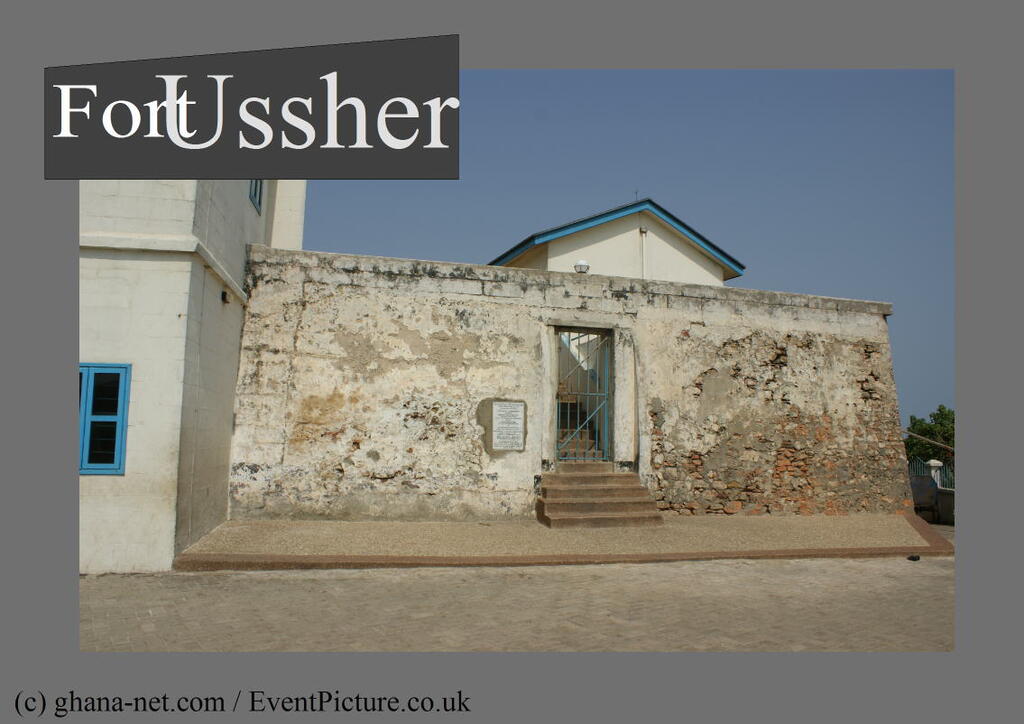Discover Ghana’s Living History: Why You Should Visit Its Forts, Castles, and Museums

Ghana is more than a beautiful destination — it is a land of deep historical roots, cultural richness, and unshakable memory. Scattered across its landscapes are forts, castles, and museums that tell stories of resilience, resistance, and rebirth. These sites are not just relics of the past — they are powerful spaces for education, reflection, and reconnection.
Whether you're a local resident, a member of the African diaspora, or a traveler seeking meaning beyond the surface, visiting Ghana’s historical landmarks is essential to understanding the nation’s role in global history — especially the transatlantic slave trade, colonialism, and the Pan-African movement.
Here are some of Ghana’s most recommended heritage sites, and why they matter.
🇬🇭 Cape Coast Castle – Cape Coast, Central Region
Arguably Ghana’s most visited historical site, Cape Coast Castle is a UNESCO World Heritage Site and a powerful symbol of the transatlantic slave trade. Visitors can explore dungeons, courtyards, colonial-era rooms, and the Door of No Return — a haunting passageway from which millions were taken to the Americas in chains.
Why visit:
It is one of the most emotional and educational experiences in Ghana. This castle invites deep reflection and offers guided tours that shed light on the suffering and resilience of enslaved Africans. It's a must-visit for anyone tracing the roots of African history.
🏰 Elmina Castle – Elmina, Central Region
Built in 1482 by the Portuguese, Elmina Castle is the oldest European building in sub-Saharan Africa. Like Cape Coast Castle, it served as a hub for the slave trade. Its striking white walls and strategic coastal location belie the horror of what occurred within its dungeons.
Why visit:
Elmina Castle offers a critical look at the beginning of European involvement in West Africa and the centuries of oppression that followed. It’s a site of remembrance, resistance, and resilience — and a place where many in the African diaspora come to reconnect with their ancestry.


